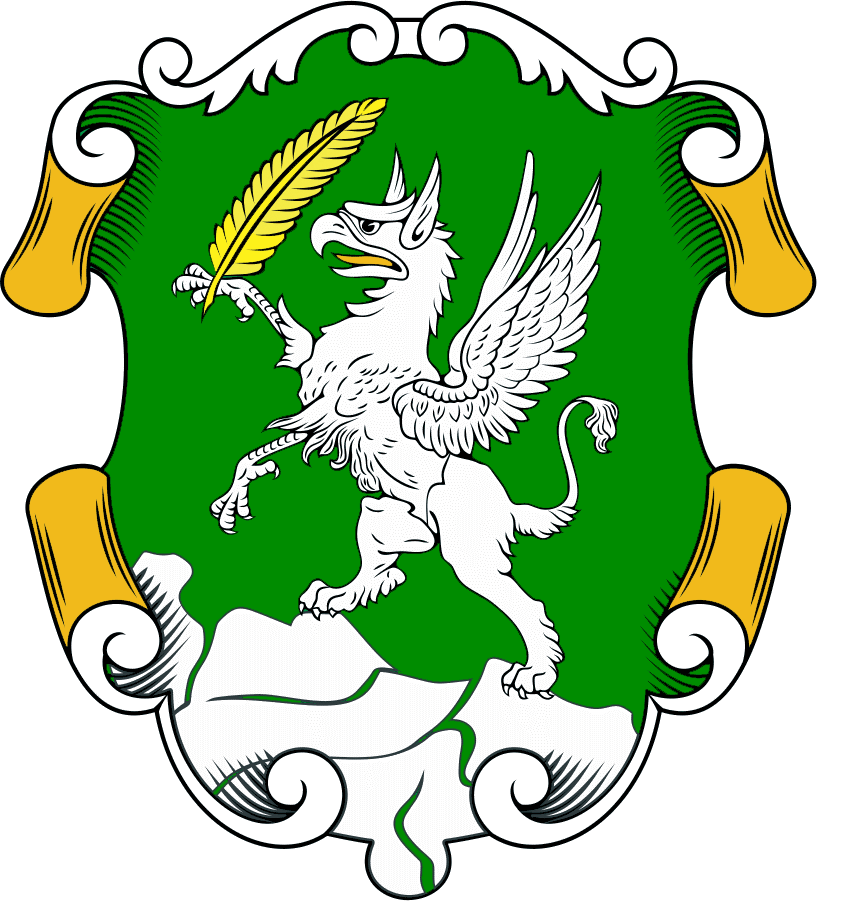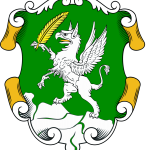The Daut Pasha Hammam stands on the left bank of the river Vardar, in the immediate vicinity of the Stone Bridge. It was built in the second half of the 15th century as an endowment of Daut Pasha, who held highest rank in the hierarchy of the Ottoman Empire. The precise year of its building remains unknown and the inscription placed after its completion does not survive either. It is believed to have been built between 1468, when he was given the office of Beglerbey of Rumelia and 1497, the time when he was withdrawn from the position of the great Vizier of Rumelia.
The hammam belongs to the Chifte type of double hammams. Its dimensions and aesthetic values make it a masterpiece of profane Islamic architecture it stands along he axis east-West and has twelve rooms. In terms of its function, it is divided along its length into two parts, men’s and women’s. the men’s part was accessed from the west side, from the street which leads from the Stone Bridge to the old Bazaar, while the women’s part was concealed and was accessed from a side street on the north side of the building. the water cistern and furnace served both parts and stood on the east side. this hammam, too, like the others, has anterooms, warmed bathing rooms, a “göbektash” (a stone or marble platform in the middle of the hot room of a hammam), etc. it is covered with a large number of domes of different dimensions which are fascinating in their asymmetric and yet completely harmonious and rhythmic arrangement. The rich decoration which consists of stalactite ornaments can be seen on the surfaces in the passages under the domes and in the halvets. In some of the rooms, decoration in the shape of a frieze with stylized flowers carved in low relief can be seen in fragments on the walls.
It is not known when the hammam lost its function. The elements such as the kurna, the shadrvan (fountain) and marble slabs do not survive and were probably carried off after it ceased to serve as a public bath. It can be safely assumed that, like the other uildings, this hammam suffered heavy damages in wars, natural disasters, the earthquake of 1555, the fire set to Skopje by Piccolomini in 1689 and the earthquake of 1963. after it lost its function it served as a warehouse.
It is believed that the site of the Daut Pasha Hammam was originally the site of the church of St. Demetrius. Its reconstruction began in 1935/36, and has been the site of the art gallery since 1948. Today’s permanent exhibition was formed in 2000, with the purpose of presenting a survey of the development of Macedonian visual arts from the 14th to the 20th centuries, with an emphasis on the Macedonian 20th-century painting and sculpture.
Bibliography:
Ayverdi E.H., Avrupa’da osmanlı Mimari eserleri – Yugoslavya, iii. cild, 3.Kitab, İstanbul 1981, 299.
Kumbaradzi-Bogoevich L, Osmanliski Spomenici vo Skopje, Skopje 1998.
Özer M, Üsküp’te türk Mimarisi (XiV-XiX y.y), atatürk Kültür dil ve tarih Yüksek Kurumu, ankara 2006.
Pavlov Z., Daut Pasha hamam, Ottoman Monuments, Cultural heritage protection office, Skopje, 2009, 80-83.
View Ottoman heritage of Skopje


